Author Terry Tempest Williams’ new book, “The Hour of Land,” includes a remarkably candid letter to the Secretary of the Interior, Sally Jewell. We include a transcription of the letter here:
Department of Interior
1849 C Street, N.W.
Washington, D.C. 20240Dearest Sally:
It is the longest night of the year. There is a clarity to the desert in winter, especially on a starlit night like tonight. I wish you were here to share the light of these candles here in Castle Valley. Forgive my informality, but I view you not just as our secretary of the interior, but a fellow sister in conservation.
Thank you for your leadership and the tremendous energy you embody that is inspiring us. As I mentioned to you in Washington, D.C., Valerie Naylor, former superintendent of Theodore Roosevelt National Park, so appreciated your visit to Medora, North Dakota. You came without fanfare and touched the community not only by your leadership but by your authentic presence. I can’t imagine the weight you are carrying on your shoulders and in your heart as you review, respect, and respond to all points of view.
I have heard you speak eloquently on the essential nature of our public lands: why our national parks matter to the soul of America; why the Gettysburg National Battlefield can be a healing not a wound; and why wilderness is a breathing space for all of us in the twenty-first century.
This is a transformative moment. I honor how you are widening the dialogue and advocating for the participation of diverse audiences within our national parks. I am seeing your impact firsthand in Grand Teton National Park, where a group of Latino students recently volunteered in the park, opening doors for the local Latino community to participate more fully. And they are. Everyone benefits from greater inclusivity.
The public sphere you inhabit is a sphere of power. But there is another kind of power. I want to share with you a story from my own home ground in Castle Valley, Utah. Forgive me if this story takes time. Time, here in the red rock desert, is what has created this erosional beauty.
In November, fifteen students gathered in our living room with Jonah Yellowman, a Navajo-Dine spiritual leader from Monument Valley. He and our friend Gavin Noyes came to talk with our graduate students from the University of Utah’s Environmental Humanities Program on a Sunday morning in the desert.
When Jonah arrived, coyotes began howling, a rarity at nine o’clock in the morning. He entered our home with his large presence, the students sat near him, and he began his remarks with a blessing. After the blessing, he spoke about how one learns. He shared stories about how his father taught him as a young boy to bring in wood and water at night, so that in the morning when you awaken, you will have dry wood to make a fire for warmth, and water to boil a cup of tea. These practices ensure you will not be caught short in a blizzard.
He shared with us how he became a medicine person, how the ashes spoke to him, how if one holds a crystal up to the stars for guidance and then peers back into the ashes, one can see into the soul of the person in need. He went into great detail about these matters of the spirit. One of the students, a bit uncomfortable, asked Jonah why he was sharing this personal knowledge.
“It is time,” Jonah said.
Jonah and Gavin then laid down their maps to share with us the Dine Bikeyah proposal for the protection of the Bears Ears National Monument. The day before, the students had seen other maps from the National Park Service, from the Greater Canyonlands Coalition, from the advocates from San Juan County who were supporting Congressman Bishop’s forthcoming wilderness bill.
“I have dreamed of being in this place before,” Jonah said. “They told me that this canyon where the great river flows was created by the bison from scraping the earth with his hoof.”
“It is time to go outside,” he said.
We walked outside onto the stone porch to stretch our legs when to our amazement a horizontal rainbow spanned from Parriott Mesa to Castleton Tower. We watched the colors radiate above the red rocks, flush with the horizon. I turned to Jonah and quietly asked if he sees horizontal rainbows frequently.
“No,” he said.
“What does it mean to the Dine?” I asked.
“It is the pathway of the Twins, how they travel.”
The twins Jonah was referring to are Child-Born-of-the-Waters and Monster Slayer, the sons of Changing Woman in the Navajo creation story.
We had been visited.
A few weeks later, the Saturday after Thanksgiving to be exact, Brooke and I had a dinner party for twelve. Jonah Yellowman sat at the head of the table. To his right was Scott Groene from the Southern Utah Wilderness Alliance, to his left was Bill Hedden from the Grand Canyon Trust.
The rest of the table looked like this: Gavin Noyes from Dine Bikeyah was seated next to Scott Groene. Next to Gavin was Walt Dabney, former superintendent of Canyonlands National Park, with his wife and daughter. I sat at the other end of the table facing Jonah, with Walt on my left and Josh Ewing from Friends of Cedar Mesa to my right, Eleanor Bliss, our neighbor who also works for the Grand Canon Trust, sat next to Josh. Sue Bellagamba from the Nature Conservancy and advocate for the Dugout Ranch sat next to Eleanor. Brooke Williams sat between Bill Hedden and Sue. Heidi Redd from the Dugout Ranch and San Juan County Commissioner Bruce Adams sent their regrets due to travel and illness.
Anna Brady, a student who had been present on the day of the horizontal rainbow, offered to make the meal for the dinner party. Her menu was simple, thoughtful, and local: lamb stew with winter squash; cornbread; a southwestern coleslaw; and for desert, apple slices with a communal caramel sauce for dipping. A Castle Rock cabernet was served with the dinner.
Jonah gave a blessing on the food. We broke bread together as neighbors and friends. Politics were set aside. The conversation was lively and spirited full of wit and affection and stories.
After dinner, maps were laid out on the living room table. Four maps became close to one map. What we quickly recognized was that we all wanted the same thing and that the boundaries we had drawn separately were closer together than anyone knew once we gathered around one common table of concern.
Several hours of honest conversation and at times heated discussion over our differences ensued.
And then Jonah spoke: “These lands are our medicine cabinets. We know that where the fog falls on a particular mesa is where one plant will be found to cure a cold, we know where each her is located that will heal us in very particular ways. This is where our food comes from-We are deer. Whatever the deer eats, we also eat, as we partake of dear… This is where our wood comes from to heat our homes. Who will we become if we lose these lands? This is what I ask my people. Can we come together as one?”
Scott Groene from the Southern Utah Wilderness Alliance asked Jonah how he felt about the north boundary being extended up through Canyonlands.
“The more land the better”, Jonah said. “We are with you.”
It was a transformative moment for the Utah conservation community and its leadership.
And so, Madame Secretary, to have the Navajo contingency travel to Washington to share their vision of the Dine Bikeyah, now known as the “Bears Ears” proposal, which is increasingly a shared vision not only within the Utah conservation community, but most importantly among the Indian communities within the American Southwest, Hopis and Utes among them, was a landmark moment. To then have them leave knowing the United States secretary of interior counseled them not to work with the Southern Utah Wilderness Alliance, was more than disheartening, it was an unexpected fracture line being drawn in the sand by Washington. The Navajo leadership returned home with a perceived directive from the Department of the Interior to disengage from a local, collaborative vision.
As a board member of the Southern Utah Wilderness Alliance who shared this seat with Wallace Stegner for more than a decade, and one who continues to watch this organization grow and deepen in its approach to protecting Utah wilderness, this saddens me deeply. What would Wally say?
We have a chance for the first time in Utah’s conservation history to move forward with a united proposal, a shared map, led by Native People, to protect some of the most magnificent wild lands in North America. It is a beautiful and bold proposal, one we hope President Obama will support by establishing the Bears Ears National Monument.
I would ask for your support in this united effort-not your disparagement.
Please join us, Secretary Jewell. This conjoined map led by a native vision that could lead to tribal governance within a national monument for the first time in history has the makings of a magnificent moment not only in the beating heart of America’s red rock desert, but within the National Park Service. A revolutionary moment. A moment of healing grace.I look forward to continuing this conversation.
Respectfully yours,
Terry Tempest Williams
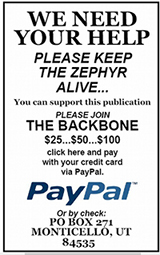

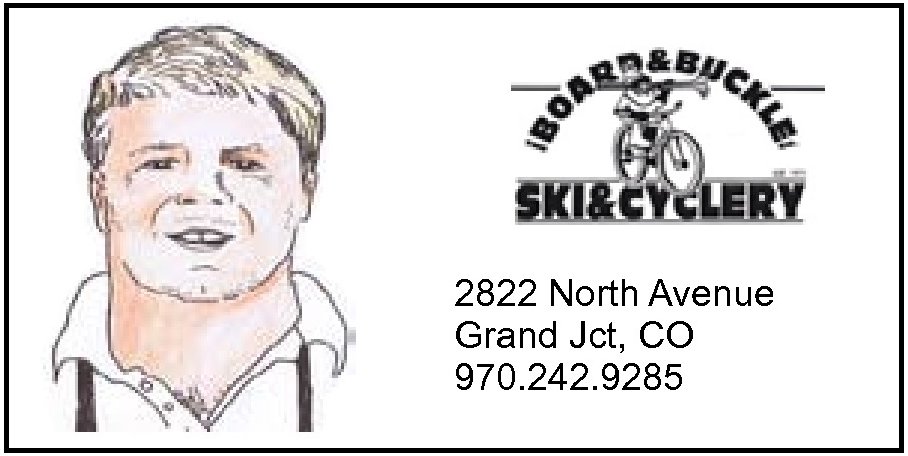
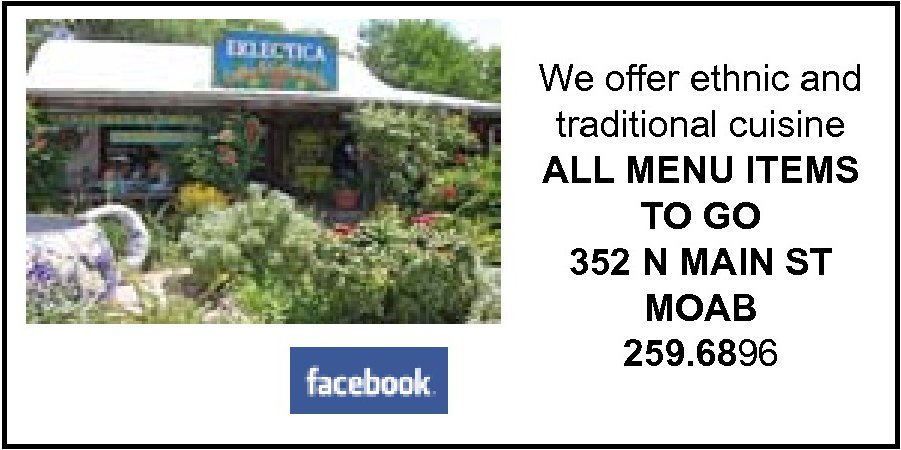
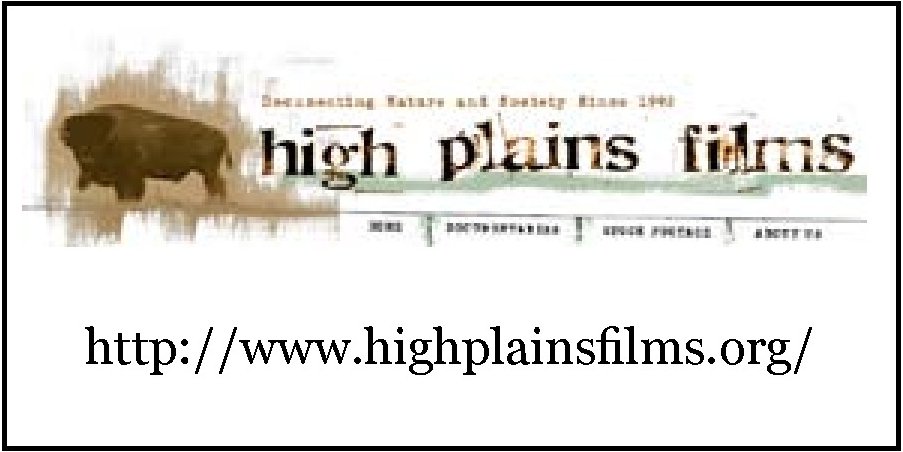
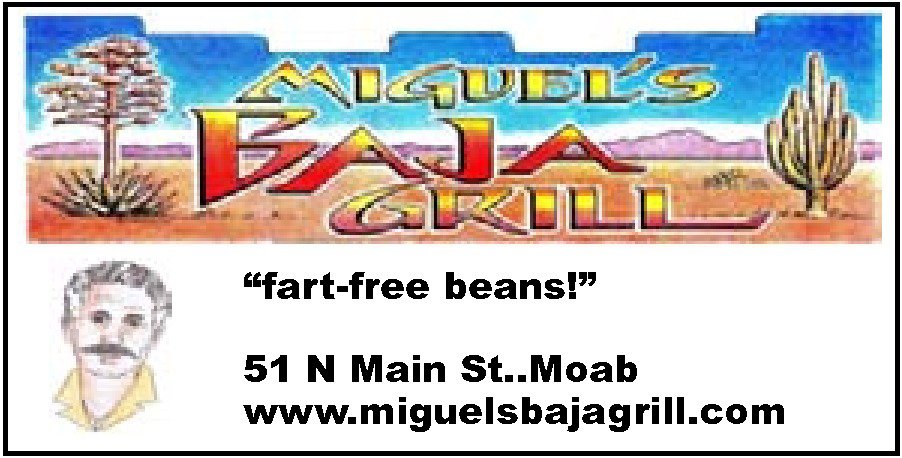
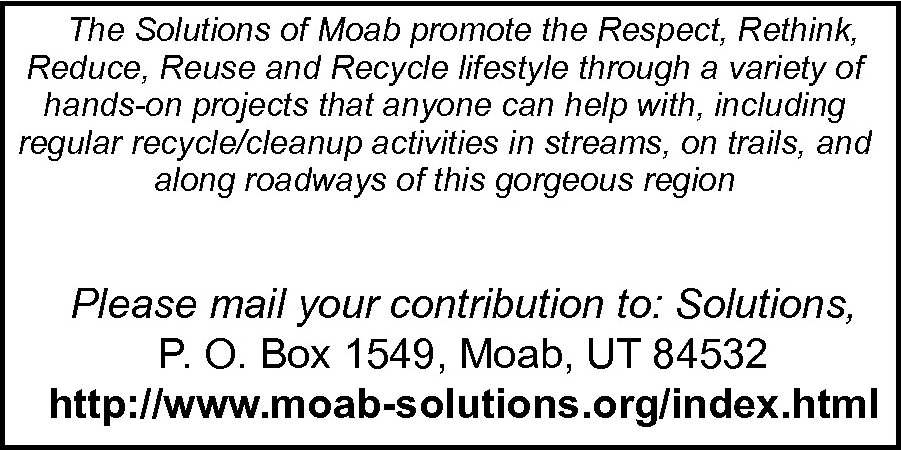
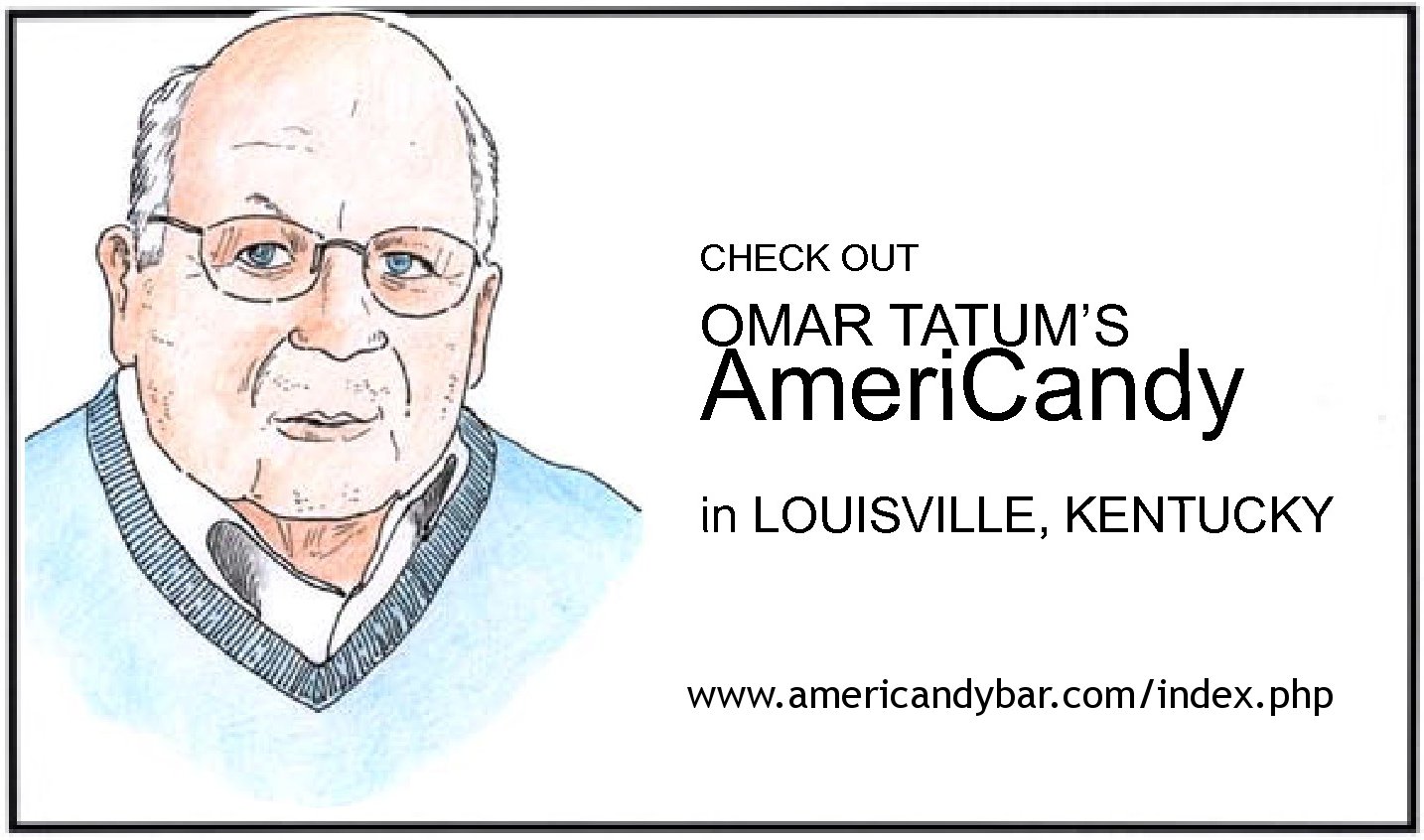

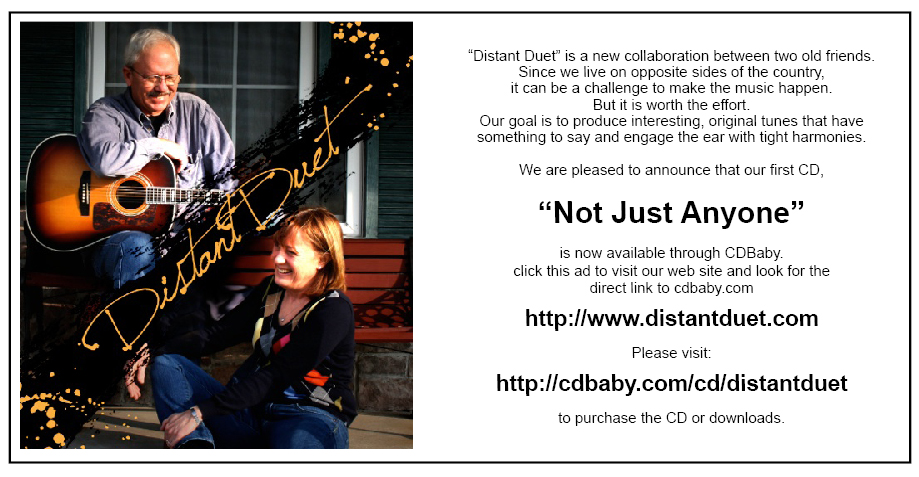
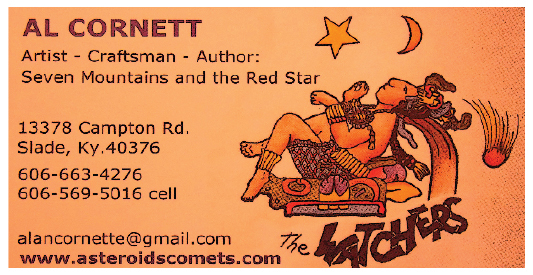
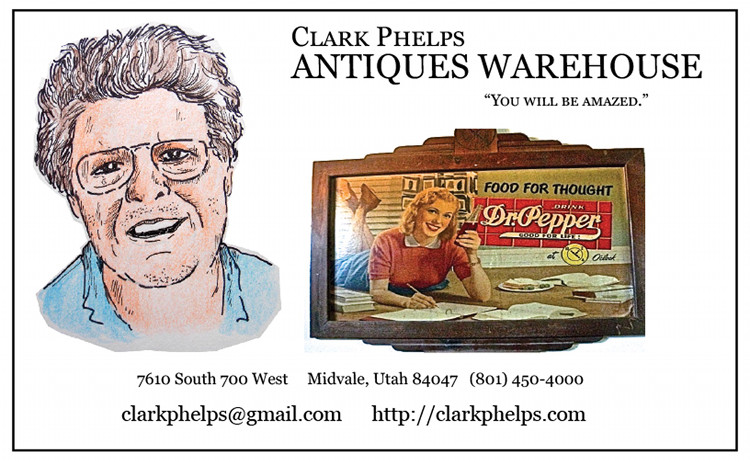
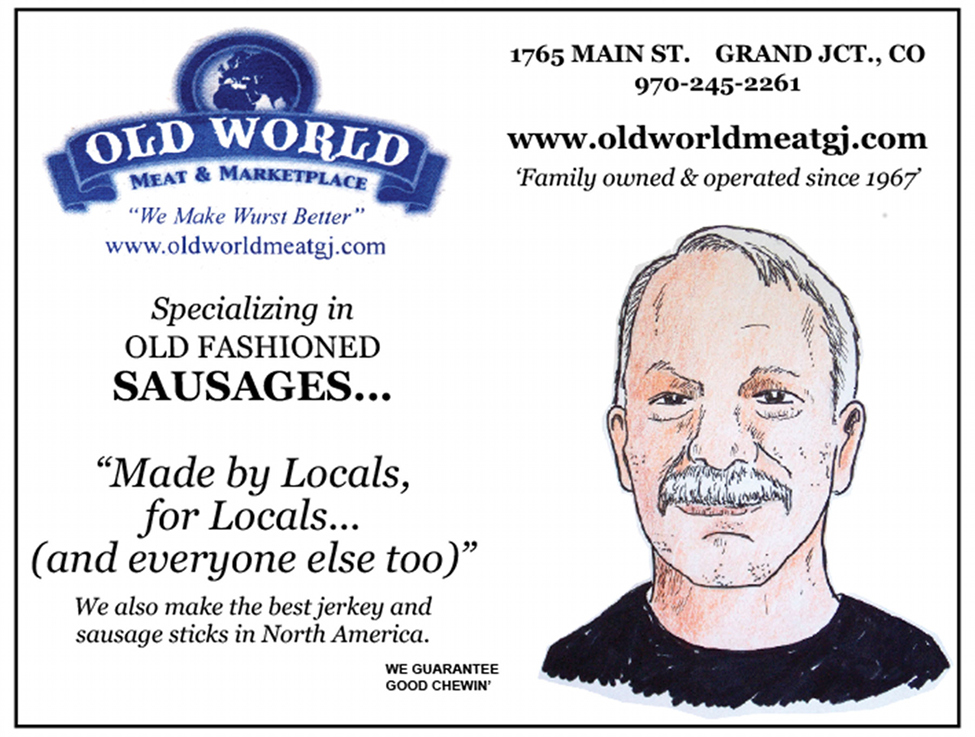
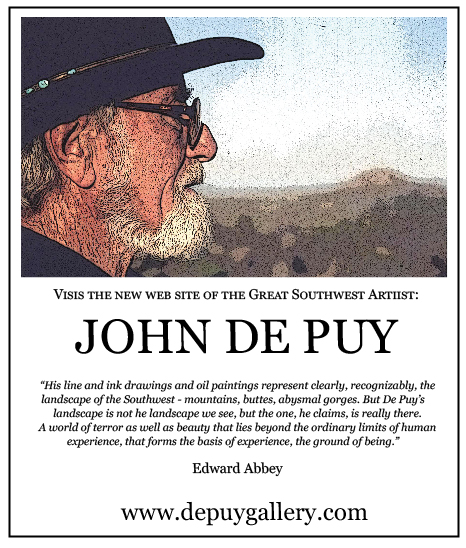

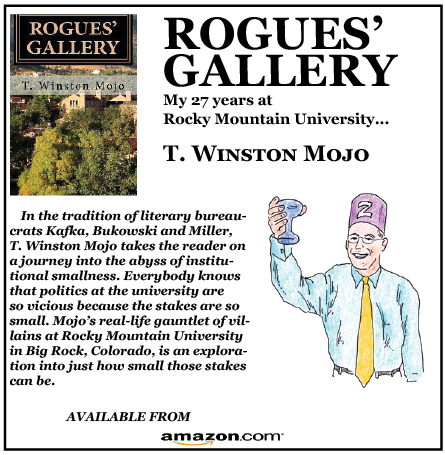
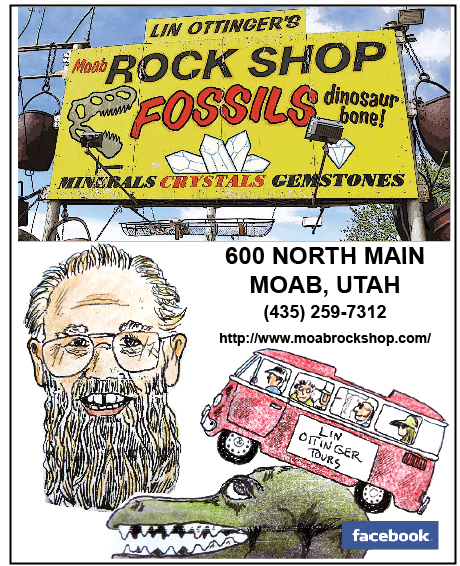
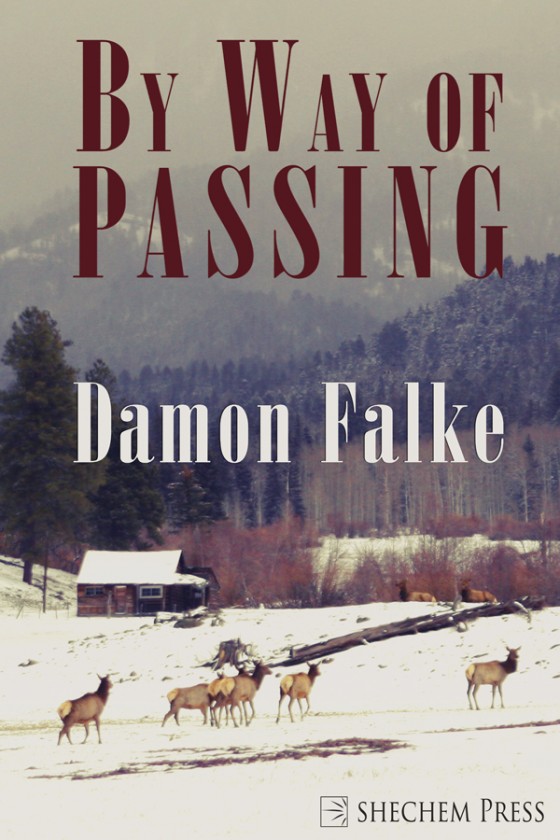
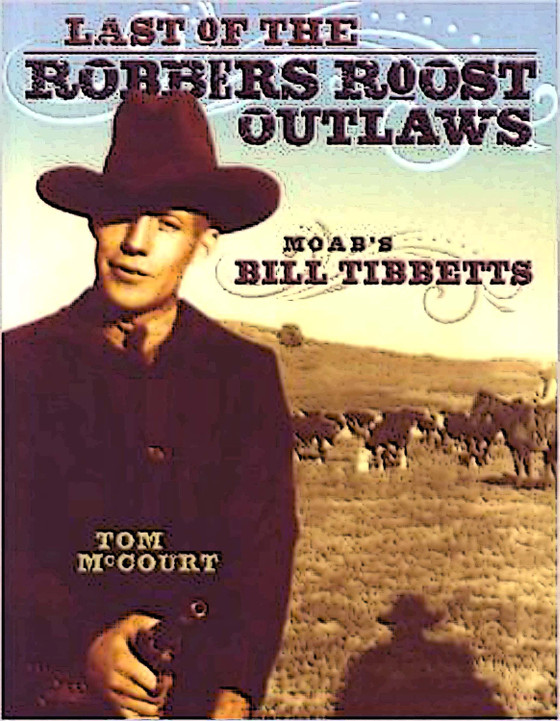
0 Responses
Stay in touch with the conversation, subscribe to the RSS feed for comments on this post.